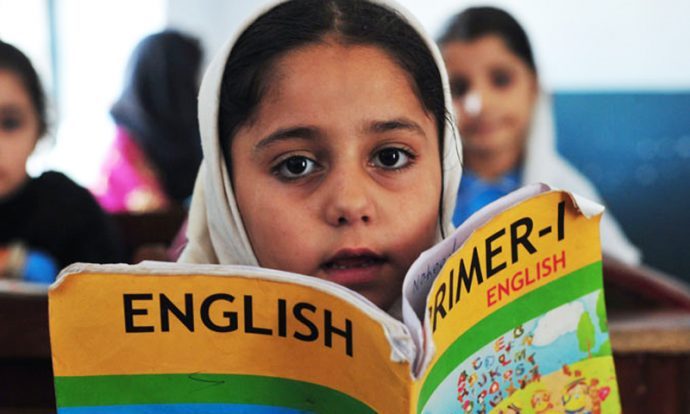
Language Choices for Instruction in Pakistani Schools: English, Urdu, and Regional Languages
Introduction
The choice of the language of instruction in Pakistani schools has been a subject of much debate and controversy. Pakistan is a linguistically diverse country with a rich tapestry of languages, but the question of which language should be the medium of instruction remains a contentious issue. The two most prominent contenders are English and Urdu, but there is also a push for promoting regional languages. In this article, we will explore the use of these different languages as mediums of instruction in Pakistani schools and assess their effectiveness.
English as the Medium of Instruction
English, as a legacy of British colonial rule, has historically been the dominant language of instruction in Pakistani schools. Many elite private schools, often referred to as “English medium schools,” conduct classes exclusively in English. Proponents argue that English is the global language of business, science, and technology, and fluency in English can provide students with a competitive advantage in the job market.
The Beaconhouse School System, one of Pakistan’s largest private school networks, conducts its classes in English. Their curriculum is based on international standards, and they emphasize English proficiency. Graduates of such schools often excel in standardized tests like the International Baccalaureate (IB) and Cambridge International Examinations.
While English medium schools have a reputation for producing students with strong English language skills, there are concerns that this approach may alienate students from lower-income backgrounds who may not have access to quality English education. Additionally, some critics argue that emphasizing English too much can lead to a loss of cultural and linguistic identity.
Urdu as the Medium of Instruction
Urdu, the national language of Pakistan, is used as the medium of instruction in many government and public schools. Advocates argue that it promotes national cohesion and allows students to learn in a language they are more familiar with. This approach is seen as a way to bridge the gap between different linguistic groups in Pakistan.
The Punjab Group of Colleges, one of the largest private educational networks in Pakistan, often uses Urdu as the medium of instruction in their schools. They aim to make education accessible to a broader population by providing instruction in the national language.
While using Urdu can help promote inclusivity and cultural cohesion, it can also limit students’ global opportunities, as English remains the dominant language in international academic and professional circles. Students educated primarily in Urdu may face challenges when competing on the global stage.
Regional Languages as the Medium of Instruction
In recent years, there has been a growing movement to promote regional languages as mediums of instruction. Proponents argue that this approach preserves and strengthens Pakistan’s linguistic diversity, allowing students to learn in their mother tongues.
The Sindh Education Foundation (SEF) has launched a program in Sindh province that promotes the use of the Sindhi language as a medium of instruction in schools. This initiative aims to preserve and promote the regional language and culture while providing quality education.
Effectiveness: Promoting regional languages can help preserve cultural diversity and identity, but it can also limit students’ opportunities outside their specific regions. Additionally, resources and standardized curriculum materials in regional languages may be limited, posing challenges for students and educators.
Conclusion
The choice of language as the medium of instruction in Pakistani schools is a complex and multifaceted issue. Each language has its advantages and disadvantages, and the choice may vary depending on the context and the specific needs of the students. A balanced approach that includes a mix of languages while emphasizing proficiency in English and regional languages could be a way to provide a well-rounded education and equip students for success both nationally and globally. Ultimately, the effectiveness of any language of instruction depends on how well it equips students with the knowledge and skills they need to thrive in the modern world.

Content writer, educationist, teacher, researcher, social media manager, and a SEO manager from lahore. She has been working as a freelance academic and non-academic writer for more than 20 years now. She has a passion to learn new things and has a knack for writing and she combines both things to produce write ups she pours her heart out in.

